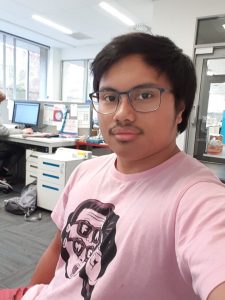Many (85%) of active pharmaceutical ingredients (APIs) have been reported to exhibit (pseudo)polymorphism. The efficacy of a pharmaceutical is dependent on its polymorph. Solid state transformations can occur under changing environmental conditions (such as temperature, pressure, and humidity, etc.). So, storage can lead to polymorphic change and requisite therapeutic degradation. Furthermore, manufacturing processes of pharmaceutical products (such as milling and compression) can expose a drug molecule to extreme physical conditions. Therefore, detection of such changes is vital to ensure the quality of the drug. Different methods can be utilised to detect such intrinsic changes such as thermogravimetric analysis (TGA), differential scanning calorimetry (DSC), x-ray powder diffraction (XRPD), and vibrational infrared and Raman spectroscopy.
Raman spectroscopy offers non-destructive, fast, and relatively inexpensive measurements for structural elucidation of the molecule. Recent advancements of wavelength band filters allow the filtration of the dominant Rayleigh scattering which usually obscures information in the low-frequency region. This region is of particular value to solid state analysis because it probes phonon/intermolecular modes that are extremely sensitive to changes in the solid state of a compound or system.
My honors project aims to monitor the isothermal dehydration kinetics of two different types of crystalline hydrates, nitrofurantoin monohydrate II and carbamazepine dihydrate, using Raman spectroscopy contrasting the mid- (300 – 1800 cm-1, intramolecular vibrations) and low-frequency (< 300 cm-1, intermolecular vibrations) Raman regions.
Education:
2020 BSc. Chemistry (Physics and Mathematics minors) – University of Otago


